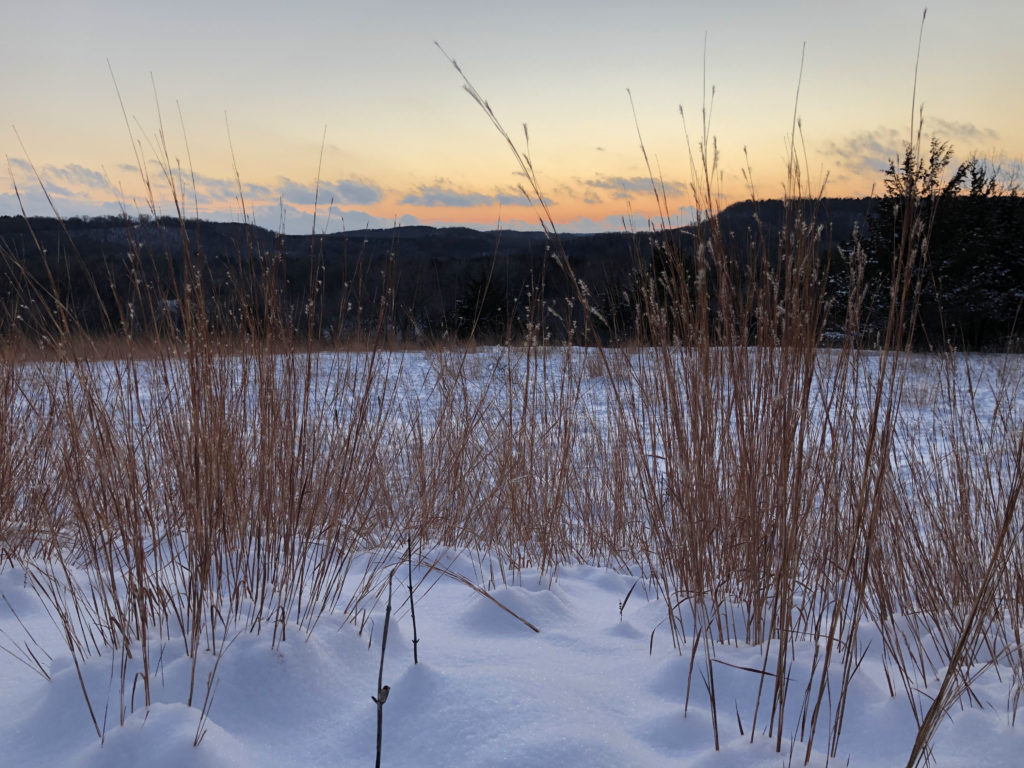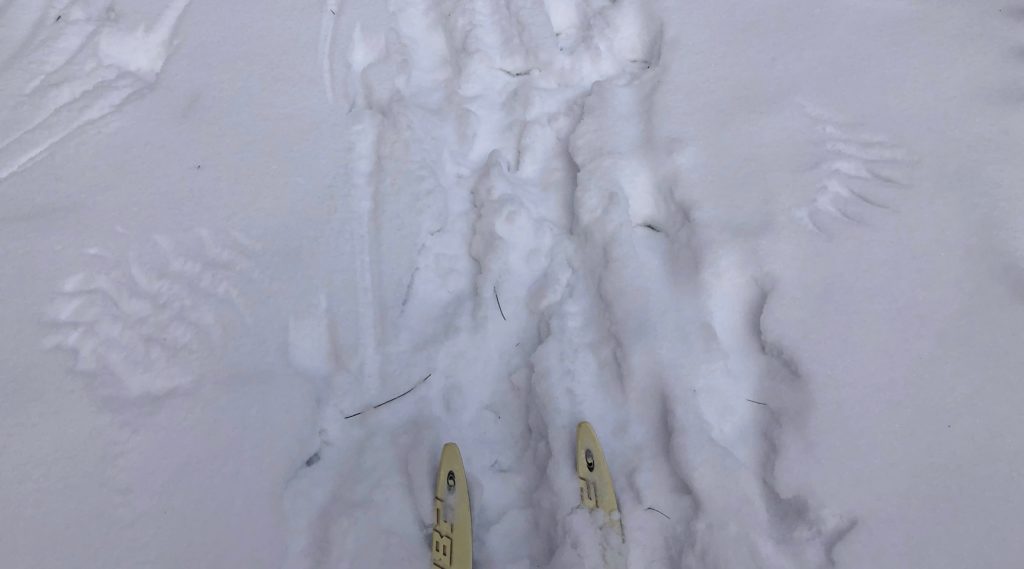
Do small mammals experience a feeling of safety in the winter? Scurrying along under the snow, I can imagine the safe and even cozy feel of it. The ability to run from food stash to sleeping area without being exposed to many possible predators would be a wonderful thing.
The subnivean zone (Latin for “under snow”) is what makes winter life for these little creatures, mostly mice, voles and shrews, a bit easier. This shallow, open space forms under deep, layered snow and can maintain a relatively stable temperature of 32 degrees Fahrenheit. The small mammals, which are active throughout the winter months, develop a maze of tunnels leading to an abundance of leaves, bark, seeds, and grasses trapped under the snow.

Small round holes in the snow, sometimes near a grassy clump or next to the base of a tree, are exit and entrance holes that double as ventilation shafts allowing carbon dioxide from the animals respiration to escape.

Is it completely safe in the subnivean zone? Not entirely. A sleek bodied weasel can slip into the tunnel system searching for food. An owl can sometimes hear critters making noise from 30 yards away!
On your next hike, be on the lookout for small holes, mouse tracks, and maybe even the wing marks of an owl trying for a meal. There’s a lot going on under the snow in the subnivean zone!